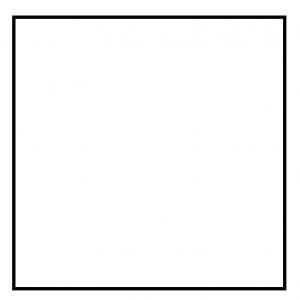18.3. Geological Resources – Review Questions
- What metals and other ores do we mine in Saskatchewan? What do we use them for?
- List some common metal ore types. Which metal is extracted from each kind of ore?
- Describe black smokers. What kind of minerals and ores are associated with them? How do they form?
- What kinds of ores and metals do you find associated with hydrothermal deposits?
- If you have folds of sedimentary rock (capped with shale) in a reservoir, where do you think the oil is most likely to be?
- Where are the top three biggest oil reserves in the world?
- Where are Canada’s coal reserves located?
- What are the types of coal? What do each of them look like? Describe each type of coal, including the environment where they form.
- Draw and label some of the key features of oil reservoirs. Describe briefly the processes that lead to oil formation.
Extra review questions that may be covered in lecture (depending on your professor) that are not completely covered in the the textbook readings:
- Name the 10 common metal ores. What metals do we get from these ores? How do we use these metals? What are some major sources (i.e., countries) where metal ores are found?
- What metals do we mine in Canada? Where?
- What are some examples of non-renewable resources we use to generate energy in Canada?
- What are some examples of renewable resources we use to generate energy in Canada?
- Give examples of industrial minerals, agricultural minerals, and construction minerals.
- What metals are abundant (globally) in ores? What metals are more scarce?
- Discuss how hydrothermal fluids generate metasomatism. How can this effect ore formation?
- Give examples of metals and minerals that are found in placer deposits. Where do you find them in the environment?
- What are three fundamental energy sources?
- Describe energy sources used in Canada, and the relative importance of each of them. How do the sources of energy differ across the country?
- Where are the world’s largest coal reserves?
- What chemical compounds and elements are released by burning coal?
- Describe the various sources of renewable energy.
- Draw and label the following kinds of ore deposits, and describe briefly how each one forms: magmatic segragation deposit – immiscible melt, hydrothermal deposit, bauxite, placer gold.
- Draw a diagram showing oil consumption and discovery vs. time. What are the implications of this diagram, in terms of energy use in the future? There are lots of directions you can go with this question, e.g., how might this influence our energy use in the future?




